As responsible travelers evolve, so do the stories we share.
This article is part of our living archive — trusted content we continue to care for.
First published on January 19, 2022 • Last updated on August 19, 2025.
A well-known fact about the history of chocolate is that the Mayans drank this liquor of the gods mixed with chiles, water, and cornmeal. Most of us learned in school that the oldest civilization to cultivate cacao was the Olmec from ancient Mexico, appearing around 1600 BCE. At the very least, we were taught that chocolate’s origins were in Mesoamerica. In fact, many websites and history books still repeat this false fact.
The history of chocolate is much older, perhaps by another 3,500 years!
The History of Chocolate Begins In Southern Ecuador
The birthplace of chocolate (thus far) is found in the most unexpected of places, deep in the heart of Southern Ecuador near a small town called Palanda, a seven-hour drive from Cuenca.
When my husband and I first planned our self-guided tour to this region, we never expected to stumble across an archeology site that is rewriting history. We were in the area to see the iconic Jocotoco Antpitta and enjoy the cloud forest of the Tapichalaca Reserve.

Palanda, Ecuador
But then we found ourselves exploring the archeology ruins of Santa Ana – La Florida just outside of Palanda in the Zamora-Chinchipe Province, about a two-hour drive from the border with Peru.
Surrounding Palanda’s central plaza are several mosaic murals dedicated to the wildlife in the area including the Jocotoco Antpitta, highlighting its importance to the local community.
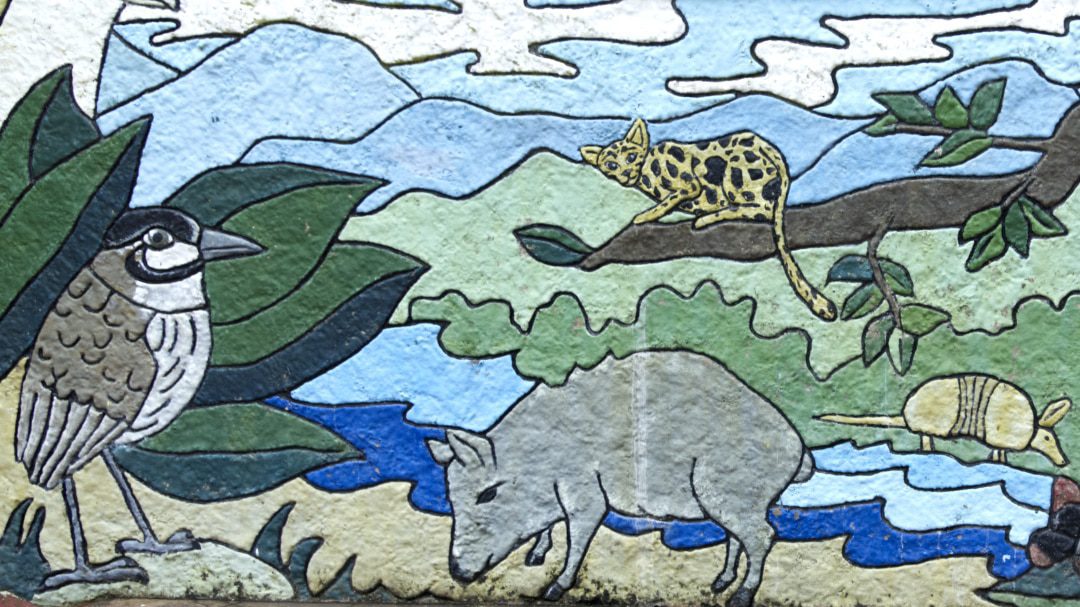
But the town of Palanda needs to take its proper place in history for just a short drive into the nearby foothills is an archeology site that is forcing scientists to rethink ancient civilizations in the Americas.
The Initial Discovery of Santa Ana – La Florida
In January of 2002, a team comprised of French and Ecuadorian archeologists started the hard work of surveying the province of Zamora Chinchipe. The work was hard because this province is home to a dense forest typical of the high, tropical Andes of Southern Ecuador. It can hide all kinds of treasures.
Their goal? To create an inventory of archeology sites and cultural resources in the area known as Ceja de Selva. They eventually recorded over 400 ancient sites with one in the Palanda Canton sticking out as the most important, Santa Ana – La Florida.
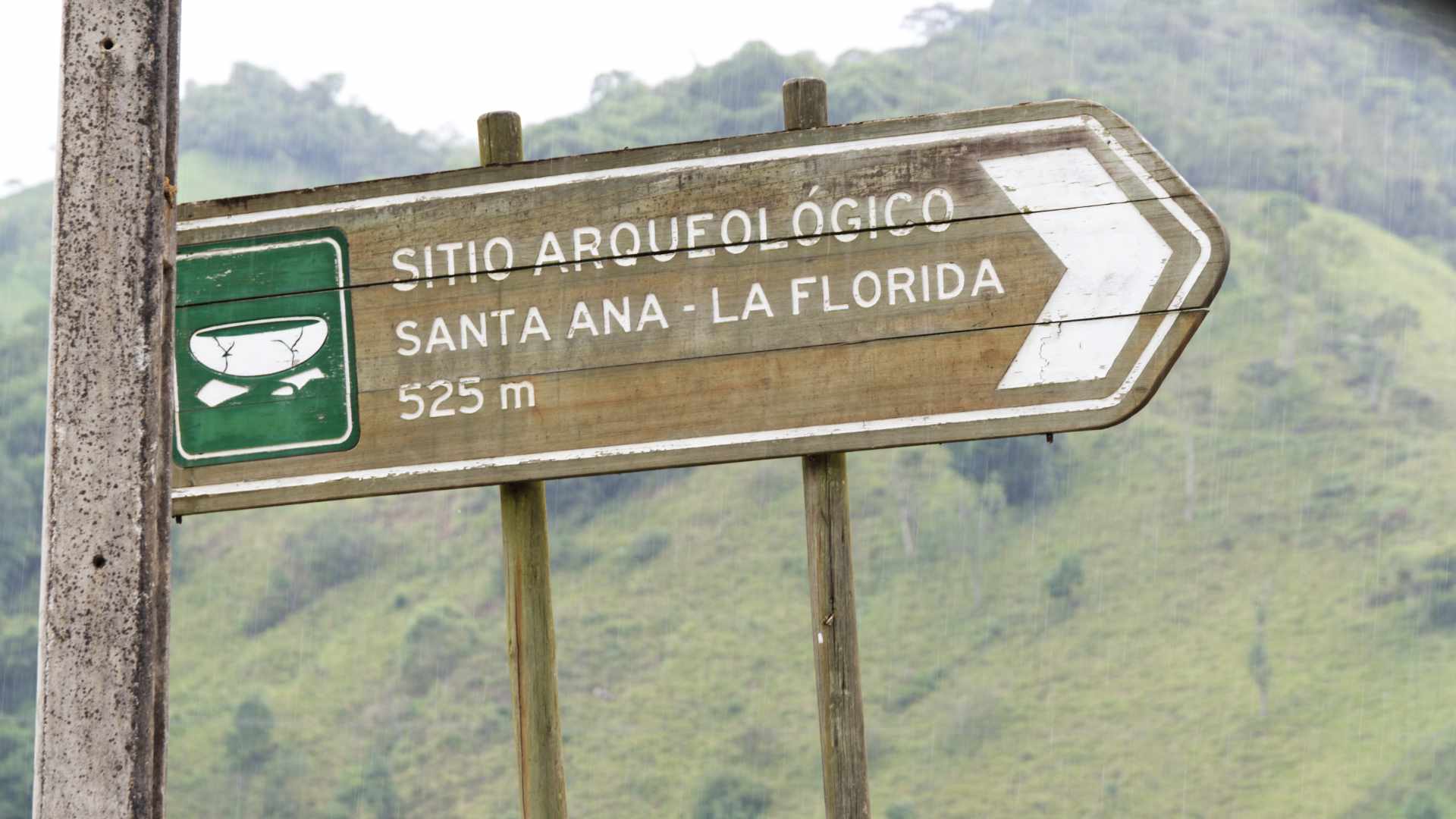
If you are interested in reading the full story behind this survey, including how scientists ended up working with the community to protect the site from looting, please read this article on ScienceDirect.com: Geoheritage: Obtaining, Explaining and Transmitting Archaeological Knowledge.
The Origins of Cultivated Cacao
While the studies suggest that Santa Ana – La Florida began as a small settlement on the river where a culture called the Mayo-Chinchipe-Marañon lived and worked, it grew into a much larger ceremonial center and burial ground.
When we arrived at Santa Ana – La Florida, one of the first things that struck us were the repeating circular structure of dozens of ancient stone walls.



Map of structures at Santa Ana – La Florida | Source: https://www.sciencedirect.com/science/article/pii/S2577444119300176#f2
Archeologists have found the presence of over 20 buildings structured around a central plaza that is circular in shape and sunken into the ground. Furthermore,
“Two artificial mounds, or platforms, are aligned at the eastern and western ends of the site, each one holding a focal point in the architectural layout.” ~ Geoheritage: Obtaining, Explaining and Transmitting Archaeological Knowledge
While this wasn’t all immediately clear to us, a small building similar to an arboretum beckoned us to come and explore what was inside. That’s where it all started to pull together.

A Fibonacci Spiral of Stones
Inside, we found one of the most interesting constructions at the entire site, a set of stones set in a spiral shape that reminded me of a Fibonacci curve. I found my gaze constantly returning to this mesmerizing shape in the middle of the sunken platform. For me, this shape connects the past with the present in a way that moves beyond time and space.
What isn’t immediately apparent but is explained by a display inside the building is that the entire temple continues on in the shape of this spiral. The spiral’s center is considered the altar partly because it contains the residue of burnt offerings. Within the coils of the spiral are two other places where smaller offerings or incense may have been burned.

Additionally, within this space, there are several tombs where Archeologists found bowls and mortars made of fine-grained stone and pottery containers. There was also jewelry made with turquoise, crystals, and shells like the Spondylus that could only have come from the Pacific Ocean, a modern journey of 8-10 hours by car. They also found vessels that once held food like yuca, yams, taro, corn, and hot peppers. Interestingly, some ceramic bottles held chicha made from corn.
However, most interestingly, several containers held proof that the people living alongside the Rio Palanda over 5000 years ago had harvested and prepared cacao beans before the Maya and the Olmec even existed.
“[Ecuadorian and French archeologists] found chemical and physical traces of cocoa of the “fine aroma” variety – currently prized by the world’s chocolate industry – in the vestiges of some containers found in the Province of Zamora Chinchipe, in Ecuador’s Amazon region.” ~UNESCO
A Complex Society
When this news was announced, it forced scientists to reconsider ancient civilizations in the Andes. Dated between 3000 BCE to 2000 BCE, this site revealed a sophisticated society with strong ties to other communities in both the Andean Highlands, the lower Amazon, and the Pacific Coast, crossing into what is now modern-day Peru as well as Ecuador. They likely built trade routes connecting cultures, as proven in part by the Spondylus shells that likely came from the Valdivia culture living along the coast.
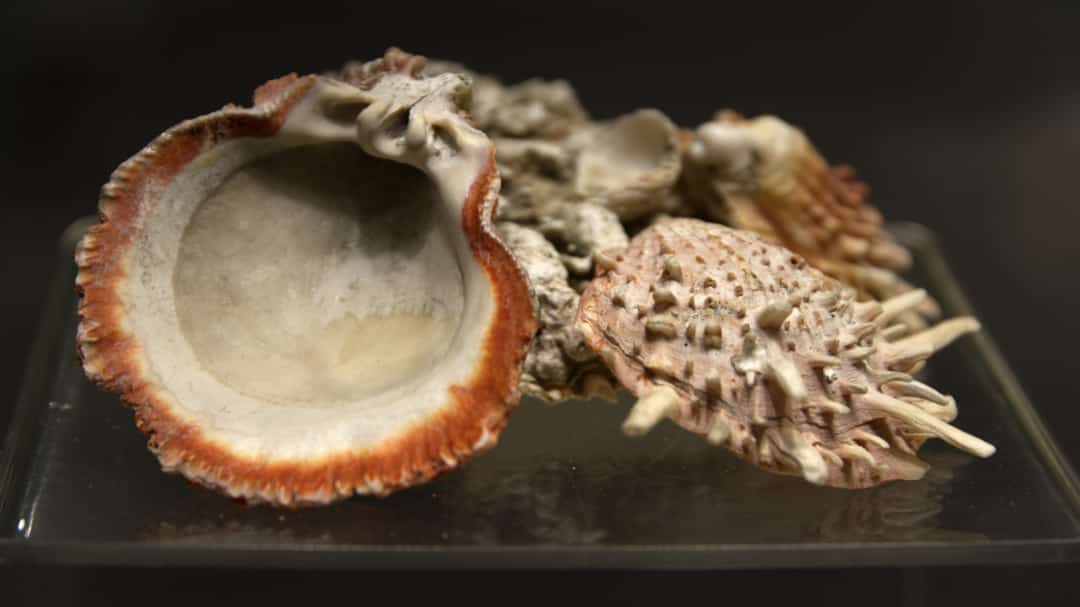
The Mayo-Chinchipe-Marañon culture left proof of their existence beyond these ruins including sites near the town of Vallodolid (north of Palanda), around the town of Amaluza in the Loja Province, near the Ecuador-Peru border in Zumba, and in San Ignacio and Jaén in Peru at sites named Huayurco and Los Peroles. I wouldn’t be surprised to hear of many more exciting finds as archeologists uncover more of the ancient sites in this hidden corner of South America.
Pride in Cultural Heritage
Upon arriving at Santa Ana – La Florida, a Spanish language sign welcomes visitors:
“In this old village, there are traces of a very prosperous people who understood how to integrate with the natural environment to create their culture and transform the tropical forest into a social space. The Chinchipe lived in harmony with nature, producing the necessary food for the development of their society. They took advantage of the plant and mineral resources in his environment and, with them, produced goods of high social value that they exchanged with other peoples in the mountains and on the Pacific coast. By this process, the Chinchipe culture blended with other cultures of their era; the Chinchipe culture and their products were highly appreciated and respected in different regions.”
This notice stands out in modern-day Ecuador. Southern Ecuador in many ways has been left behind the modernization that comes from close proximity to large cities like Quito, Guayaquil, and Cuenca. Poverty remains high and opportunities for employment are few and far between. But sites like Santa Ana – La Florida provide hope for future generations.
Spread the word. Let folks know that the history of chocolate is different from the one that we were taught in school. And, with time, we can hope that Palanda and its modern-day citizens will benefit from this discovery in more ways than one.
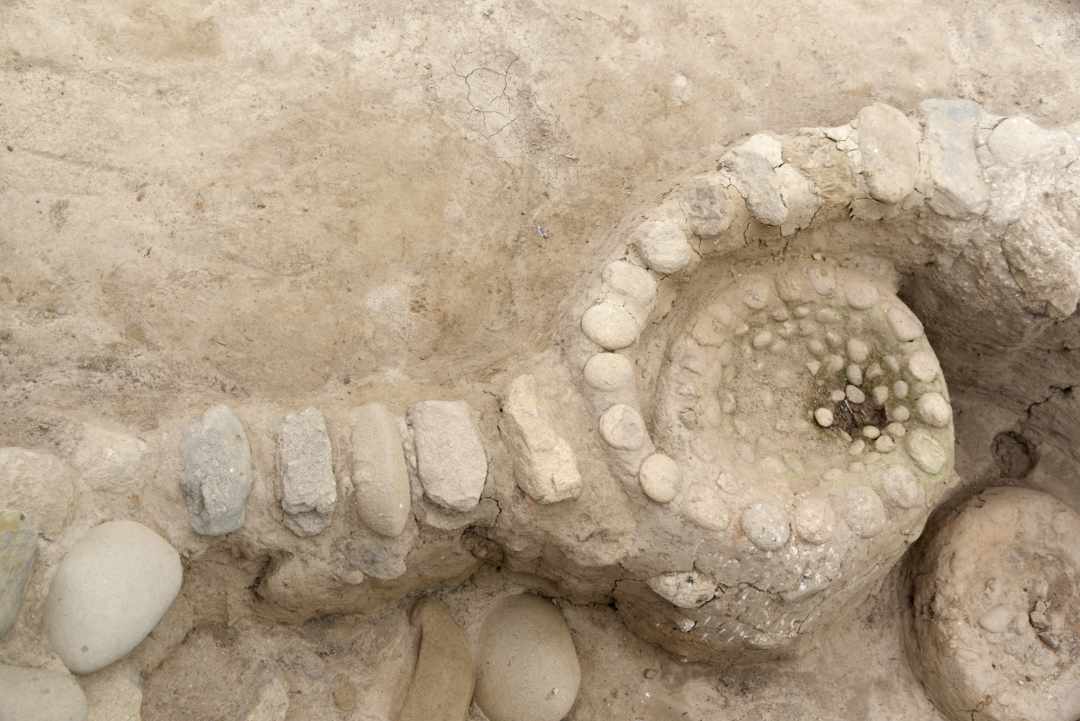

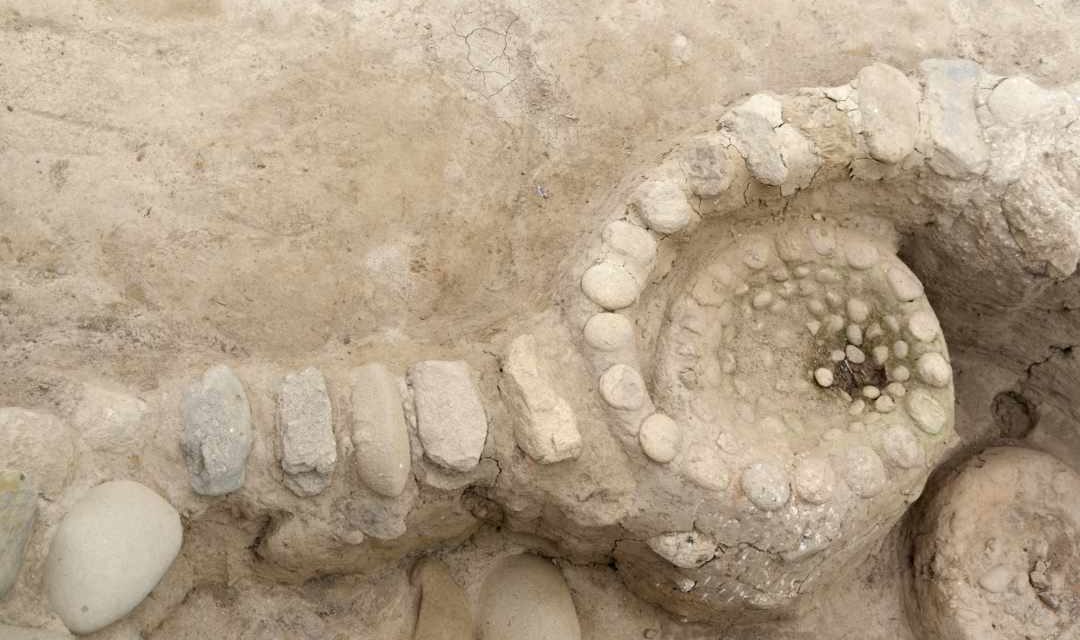
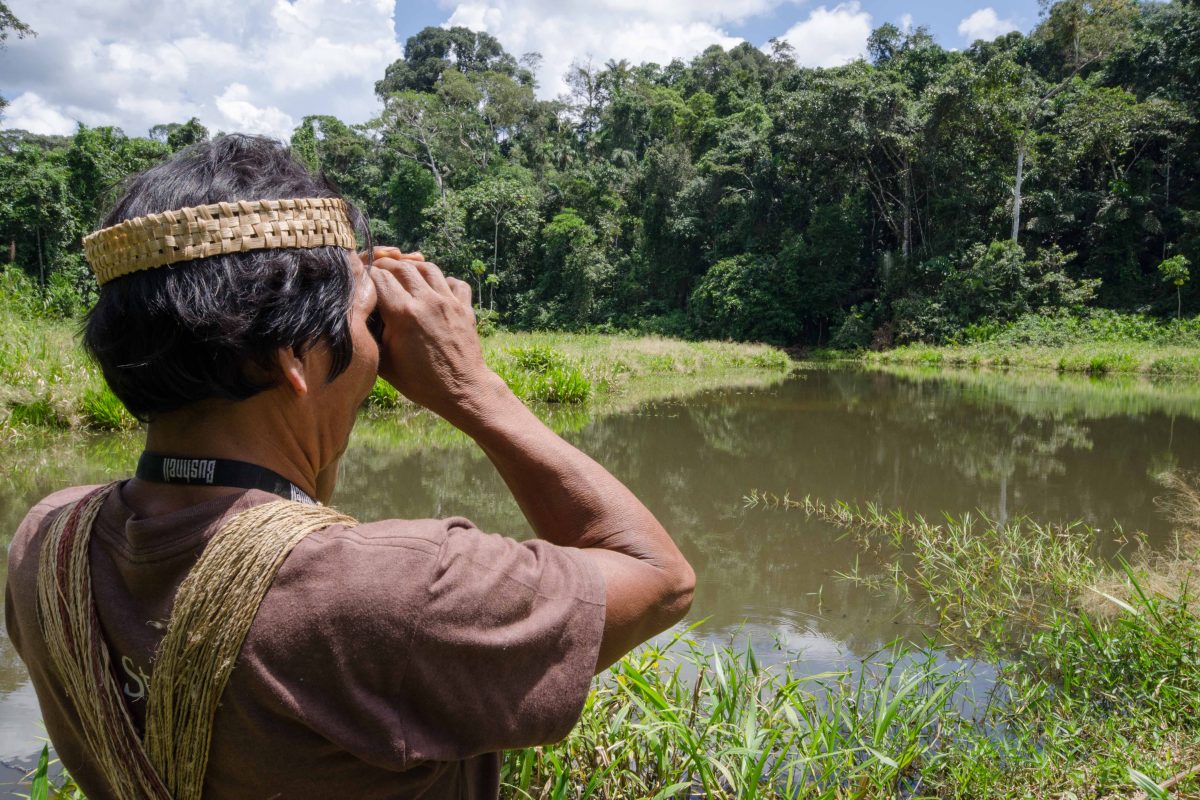
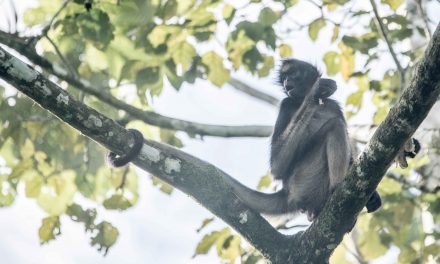
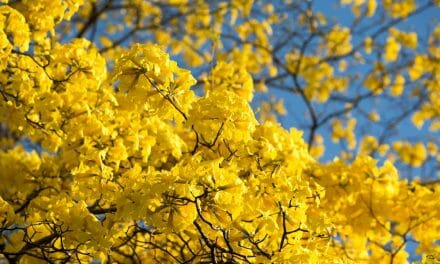
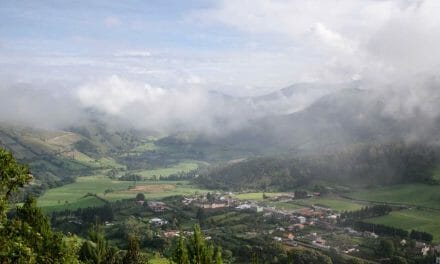

















Interesting story, thanks for sharing it, they should make some tour to exploit this story and attract new visitors to these destinations in Ecuador.
Thanks for leaving a comment. You are right, it would be a great place to develop a tour that included the history of chocolate! Currently, the most common visitors are birdwatchers who want to see the Jocotoco Antpitta. As this region is remote compared to other destinations in Ecuador, it is a difficult sell though we are always willing to design itineraries that include Palanda and the surrounding region! We believe they are well worth visiting.